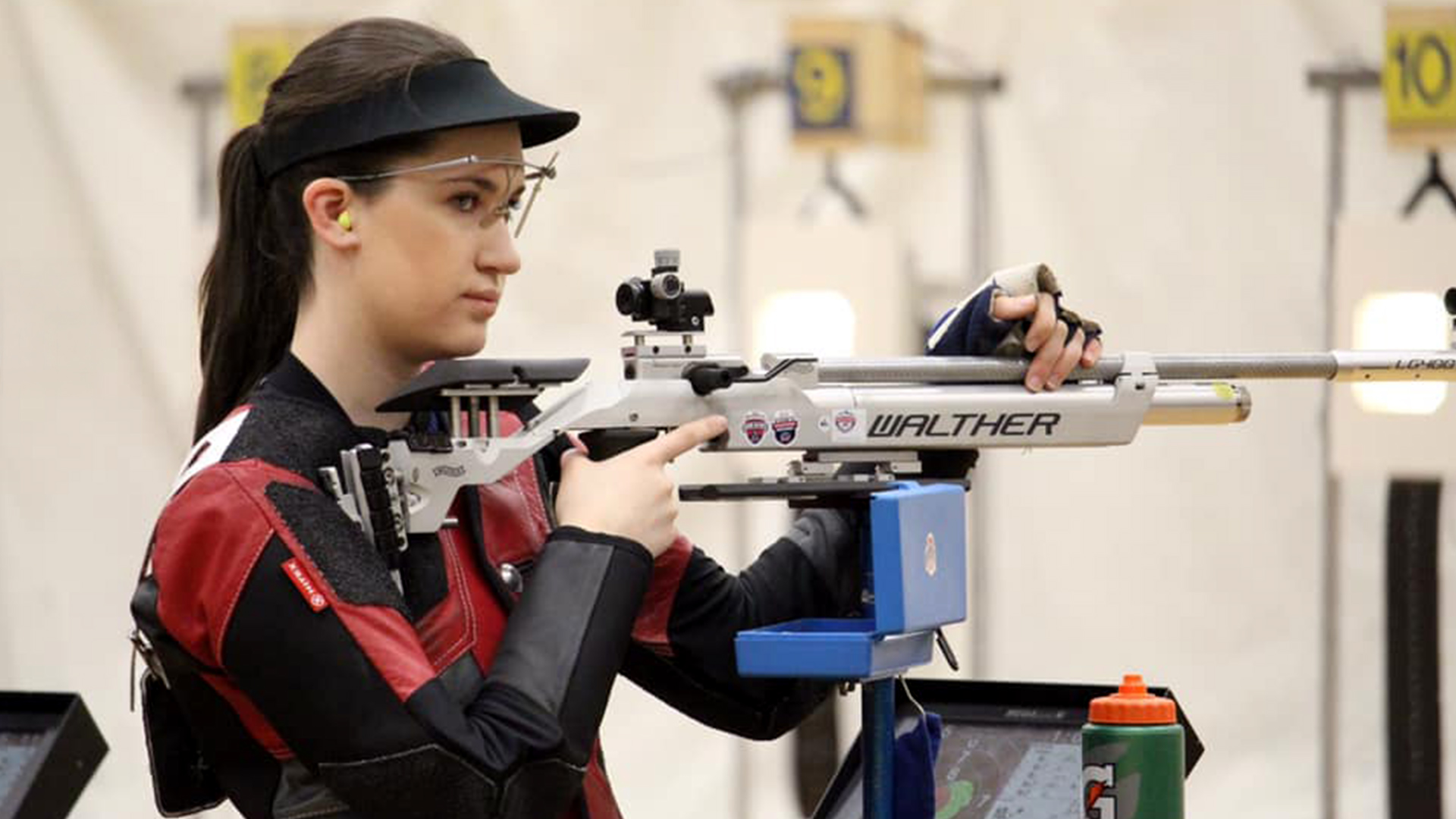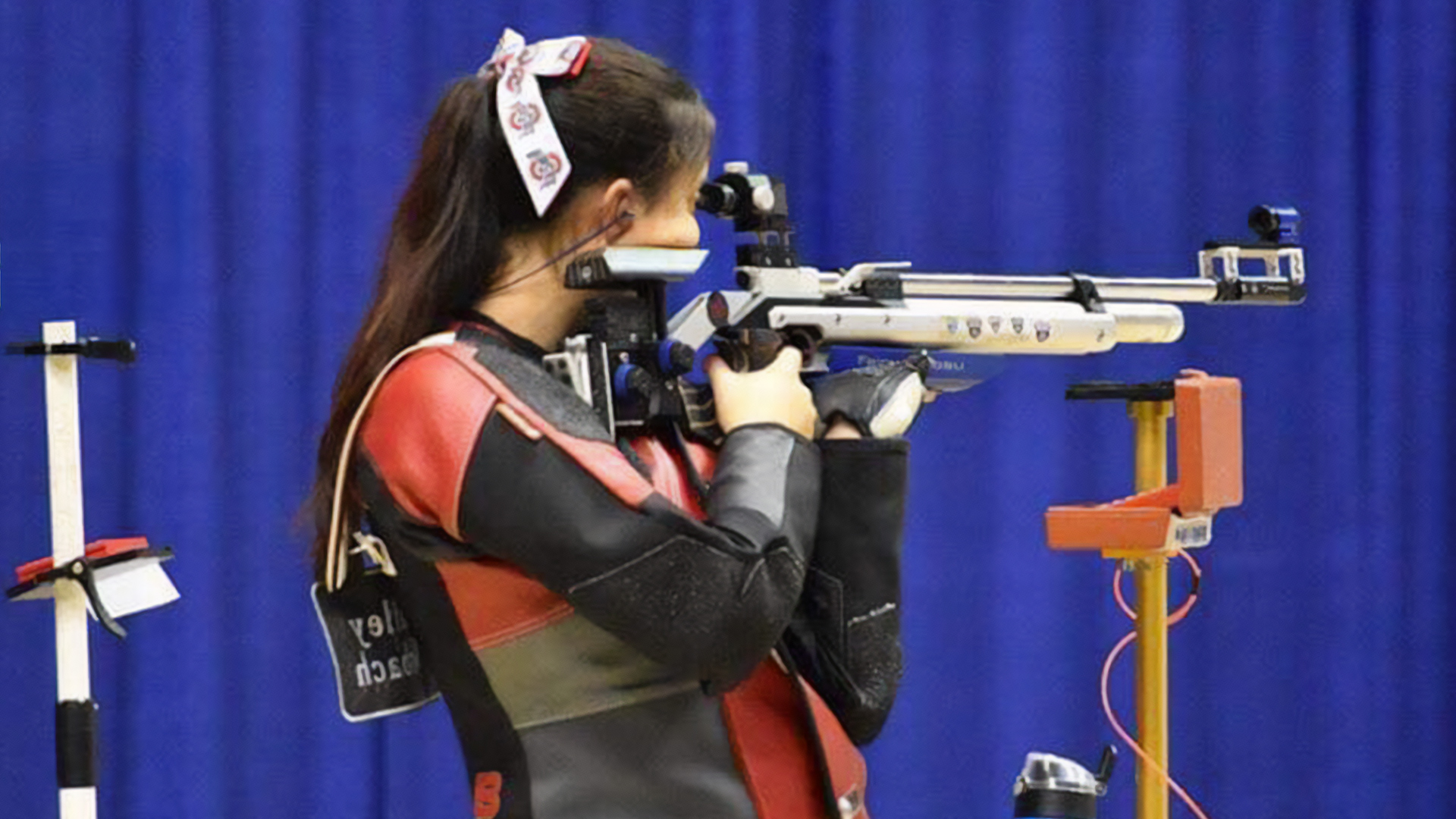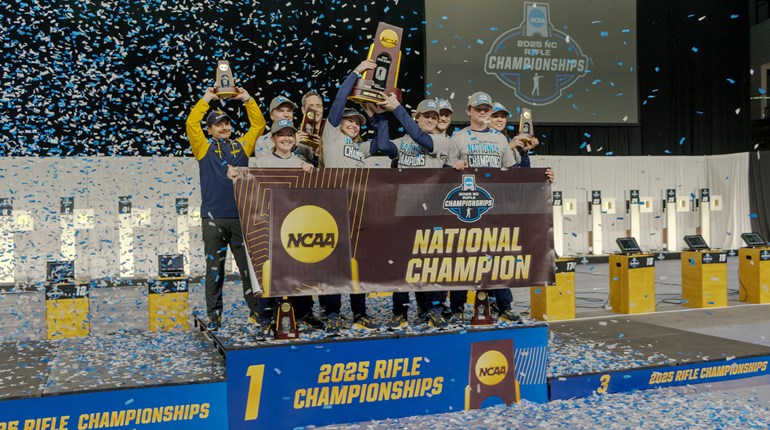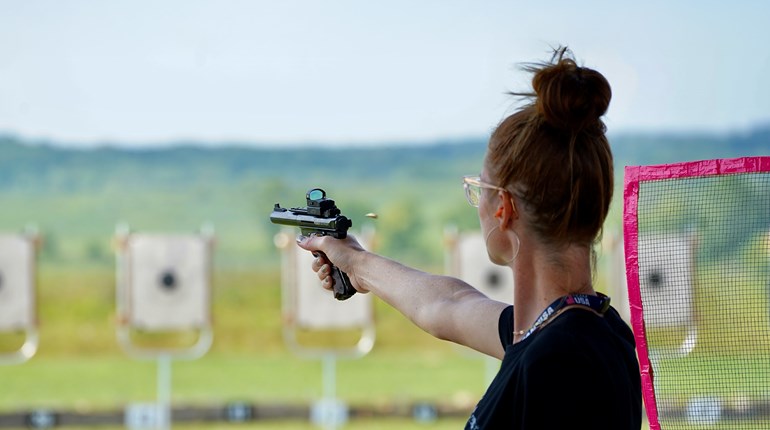
Researchers from Ohio State University have published a new study that provides unique insights into how low back pain affects college-level precision rifle athletes.
The peer-reviewed study, published in the International Journal of Sports Physical Therapy (Volume 20, Issue 1, 2025) and titled “High Prevalence of Low Back Pain in College Rifle Athletes,” surveyed more than 100 student-athletes from 15 NCAA rifle programs and seven collegiate club-level rifle programs regarding their experiences with low back pain.

Exploring the prevalence and quality of life impacts of low back pain among collegiate rifle athletes, the study is comprised of a four-section survey to which participants responded during the 2020-2021 collegiate athletic season. The study found that nearly 90% of participants had experienced low back pain while participating in the sport. Of those experiencing low back pain, as many as a quarter of student-athletes reported having missed at least one day of training or competition due to pain. These results indicate that low back injuries are quite common among high-level rifle athletes. Low back pain also impacted other day-to-day areas of these athletes’ lives, including the ability to have restful sleep and comfort when traveling—two critical aspects of maintaining success in a college athlete’s career and education.
The study’s author, Dr. Bailey Urbach, is a former NCAA rifle athlete and resident physician in Physical Medicine and Rehabilitation at MetroHealth/Case Western Reserve University. Dr. Urbach was a team captain of Ohio State University’s NCAA rifle team and a four-year letter winner.
“I hope this study acts as the starting point for more research into injuries—particularly low back injury—in the shooting sports community,” Dr. Urbach said. “Back pain is something that many of us have experienced and virtually all of us have observed on our teams and at our competitions.”

The study results also reveals the potential for far-reaching effects of low back injury both on and off the range, an observation that has long been recognized within the shooting sports community but rarely studied in scientific literature. While previous studies have evaluated injuries in collegiate athletes, no prior study has specifically examined back pain and injury rates in rifle athletes. This investigation opens the door to future research that examines low back injury in these athletes in more depth, with potential areas of exploration including the effects of shooting suit design, rifle weight and characteristics of the shooting stance itself on this injury.
“This study highlights to medical staff at collegiate athletic departments that low back pain is a prevalent injury among rifle student-athletes. Recognizing how common this injury is, we now have an opportunity to examine the sport’s mechanics—particularly the shooting stance—and how athletes can better equip themselves to find a happy medium between high-level performance and prioritizing their long-term health,” Urbach said.
Something else to note: nearly 92% of the men who responded to the survey indicated no history of lower back pain, while 68% of the women reported having previous lower back pain. There were 43 men and 70 women surveyed for the study.
Read the study for yourself at the National Library of Medicine website.


































